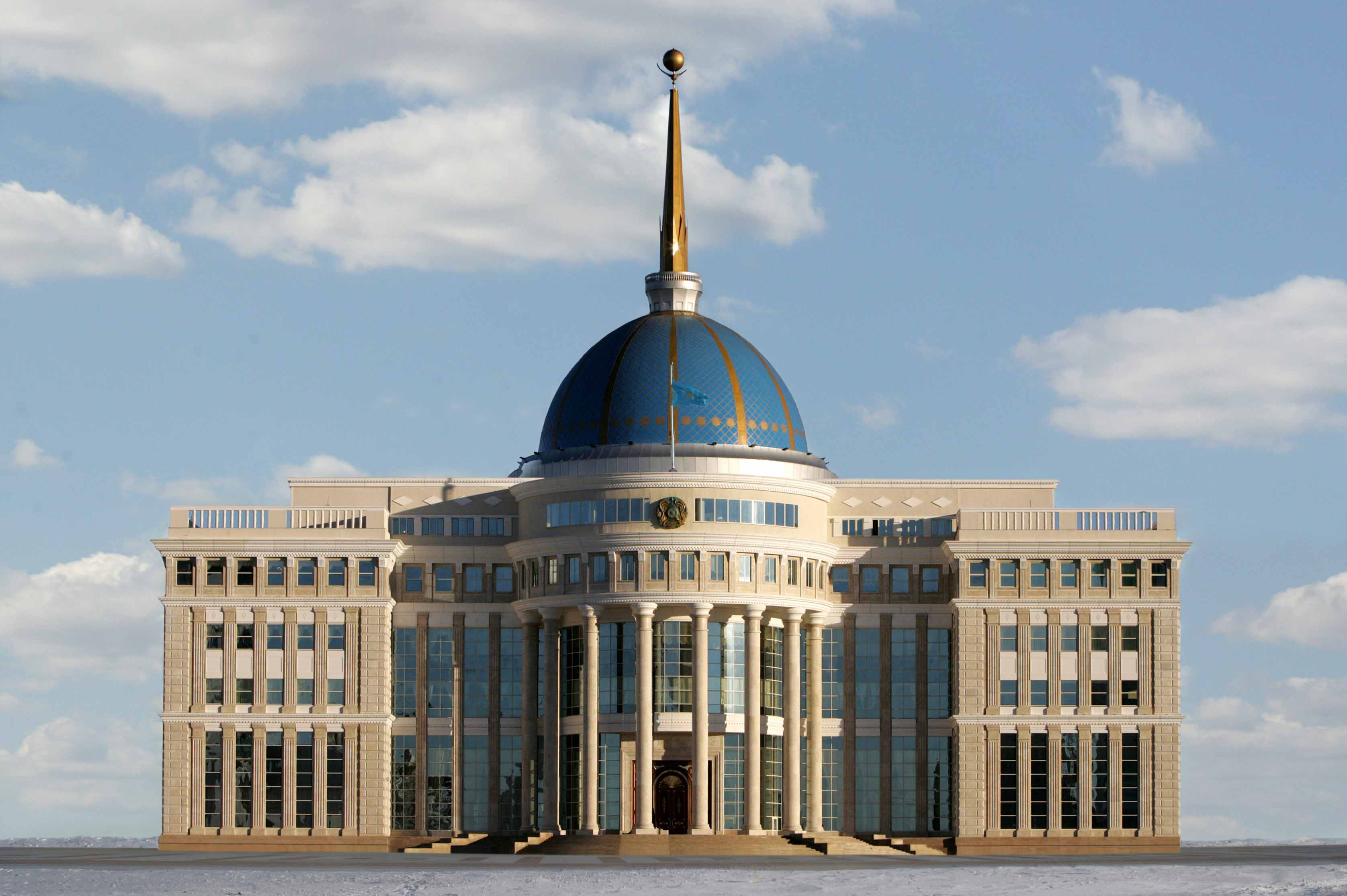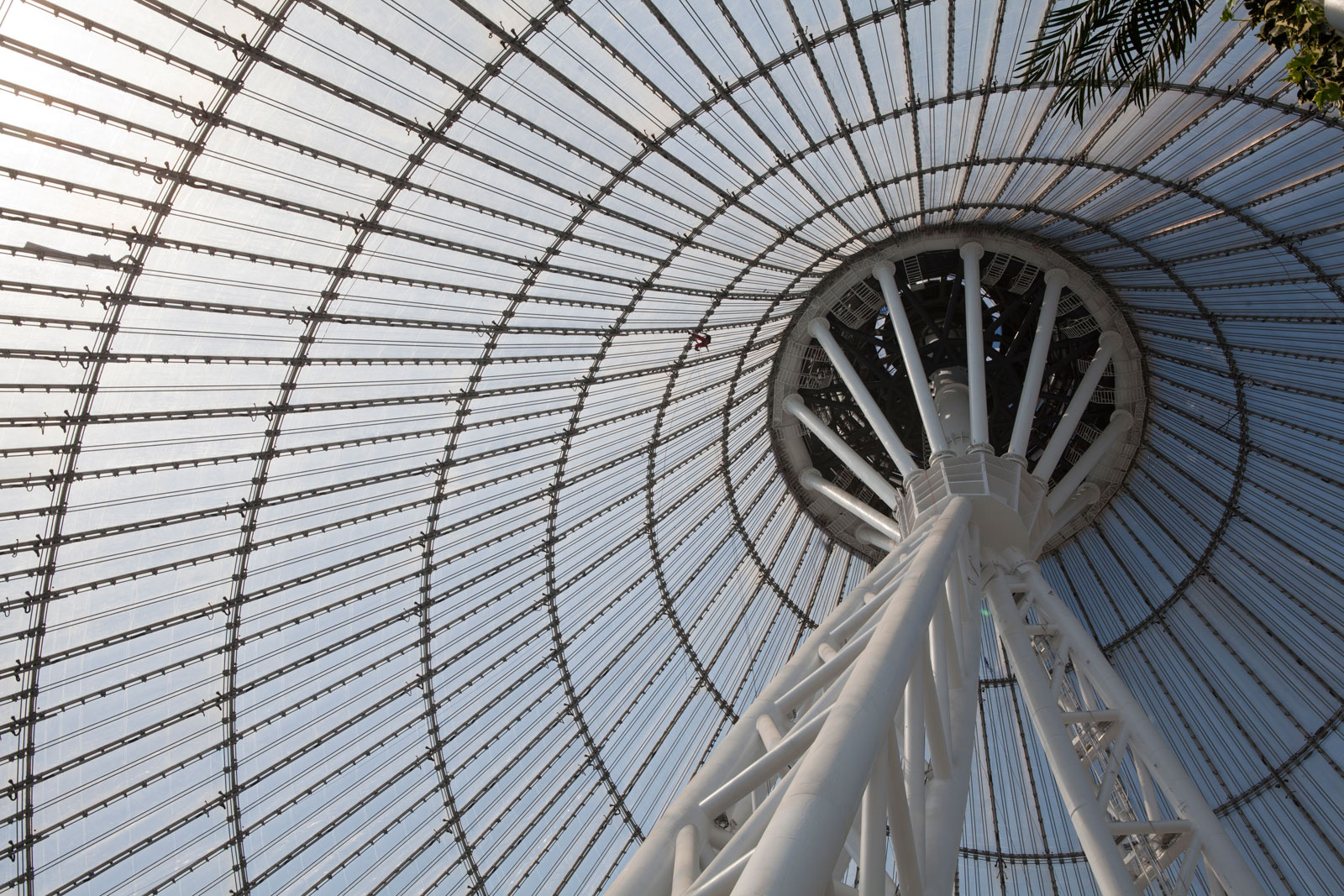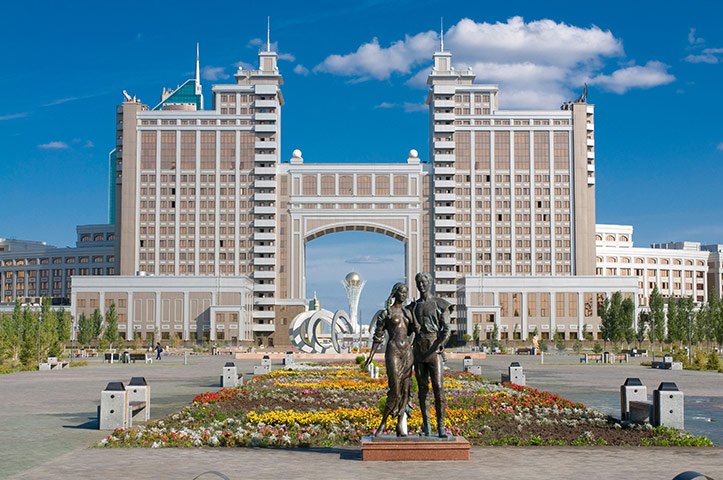Dear readers, welcome back to Top 10 Cities in the Middle East! This series of articles has had a great success among you and I should wholeheartedly thank you for sharing them as well as for your constant support! The Top has had a long break, longer than I actually intended, but what matters now is that the present sounds bright! There is it - fresh and ready to catch your attention and fascinate you with spellbinding urban attractions, including large descriptions of the places that we know so little about!
The Middle East has always been a major cultural universe, a great source of inspiration, showing up a bit more than we are used to encounter in our daily lives, as European or American. The scent of an exquisite civilization, unique traditions and, maybe even more significant for our topic, breathtaking samples of art and architecture, which are strongly related to the historic past, but also to the huge modern development which has had an astonishing impact on the appearance of urban areas.
Get yourself prepared for a new splendid architectural expedition today, as the 6th place in our ranking is ready to show up its best. Let your imagination free and take a virtual tour of Astana, the capital city of Kazakhstan!
Astana, the second largest city in Kazakhstan, with an estimated population of 775,800 (in 2012), has been the capital of the country since 1997.
The town was founded in 1824; during the early 20th century, it became a major railway junction, causing a major economic boom that lasted until the Russian Civil War. Kazakhstan became independent in 1990. In 1995, the city was designated as the future capital of the
newly-independent country, and the capital was officially moved from Almaty on 10 December 1997. The new name, Astana, was bestowed in 1998.
Astana is located in central Kazakhstan on the Ishim River
in a very flat, semi-arid steppe region, at 347 metres
above sea level. Astana is the second coldest capital city in the world after Ulaanbaatar, Mongolia. Astana has an
extreme continental climate with warm summers (featuring occasional
brief rain showers) and long, very cold, dry winters.
In the recent times, Astana has seen one of the world's greatest building projects, as oil
money has been spent on government buildings, a massive home for the
president, a mosque, and numerous parks and monuments. The project is
designed to make the town the centre of not only Kazakhstan, but all of
Central Asia. Here many large building projects are underway; for example, the
construction of a diplomatic quarter, and a variety of different
government buildings. By 2030, these quarters are to be completed. The original plans for the new Astana were drawn up by the late Japanese architect Kisho Kurokawa.
The old buildings that remained from the Soviet era
are now being removed and replaced with totally new structures
resulting in significant construction work throughout the city. Most of the recently completed structures had been
accredited to internationally acclaimed architects and designers such as
Kisho Kurokawa or Norman Foster.
Further on, let's take a tour of the cutting-edge architectural samples that Astana can pride on:

Nurzhol Boulevard (Green Water Boulevard) is the
national boulevard of Kazakhstan, a pedestrian area in the new business and administrative centre on the left bank of Ishim river. Designed by the renowned architect Kisho Kurokawa, the Boulevard is one of the main attractions of the capital city. Along the boulevard there is a row of buildings designed by
well-known domestic and foreign architects, including the city's most
recognisable structure, the Bayterek.

The landmark of Astana, the monument and observation tower called Bayterek not only is a major touristic attraction, but it is also inspired by a local popular legend.The shape of Bayterek represents a poplar tree holding a golden egg.
These come from a folktale of the tree of life, a central symbol in Turkic mythology.
The building consists of a narrow cylindrical shaft, surrounded by white
branch-like girders that flare out near the top, supporting a
gold-mirrored 22m-diameter sphere. The base contains a ticket booth and
exhibition space, with two lifts rising within the shaft to the
observation deck within the 'egg'.



The Palace of Peace and Reconciliation is a 77 m high building in Astana, opened in late 2006.
It was designed by the British architects Foster and Partners (lead design). The Pyramid was specially constructed to host the Congress of Leaders of World and Traditional Religions. It contains accommodations for different religions: Judaism, Islam, Christianity, Buddhism, Hinduism, Daoism
and other faiths. It also houses a 1,500- seat opera house, a national
museum of culture, a new "university of civilization", a library and a
research center for Kazakhstan's ethnic and geographical groups.The Pyramid of Peace expresses the spirit of Kazakhstan, where cultures,
traditions and representatives of various nationalities coexist in
peace, harmony and accord.



Kazakhstan Central Concert Hall has been conceived and designed by Italian architect Manfredi Nicoletti as a result of an International Competition and inaugurated by president Nursultan Nazarbayev in December 2009. The building shape is reminiscent of the petals of a flower. Those structures protect the building's interior functions from Astana’s harsh weather conditions. The building contains three different music halls. It also encloses restaurants, shops, and bars.


The Ak Orda Presidential Palace is the official workplace of the President of Kazakhstan, located in the capital city of Astana. Akorda Presidential Palace was built within three years, and officially opened in 2004. Situated on the left bank of the Ishim River,
it is the president’s place of work and houses the staff of the
Presidential Administration. The building's height (including the spire) is 80 meters. The color gold features prominently throughout the complex and twenty-one types of marble were used for the floor patterns.


Khan Shatyr is a giant transparent tent in Astana. The 150m-high (500 ft) tent has a 200m elliptical base covering 140,000 square metres. Underneath the tent, an area larger than 10 football stadiums, is an
urban-scale internal park, shopping and entertainment venue with squares
and cobbled streets, a boating river, shopping centre, minigolf and
indoor beach resort. It was designed by the UK architect Norman Foster (of Foster and Partners).

The Kay Munay Gaz building shows the Bayterek monument through its arches.
Amazingly modern and awe-inspiring, architecture of Astana is, without a shred of doubt, one of the greatest urban landscapes in the Middle East, and, definitely, something worth visiting and looking into! What do you think?
Resources:
http://en.wikipedia.org/wiki/Astana
http://en.wikipedia.org/wiki/Green_water_boulevard
http://en.wikipedia.org/wiki/Bayterek
http://en.wikipedia.org/wiki/Palace_of_Peace_and_Reconciliation
http://en.wikipedia.org/wiki/Kazakhstan_Central_Concert_Hall
http://www.theguardian.com/artanddesign/gallery/2010/aug/08/architecture-kazakhstan#/?picture=365474620&index=8



No comments:
Post a Comment